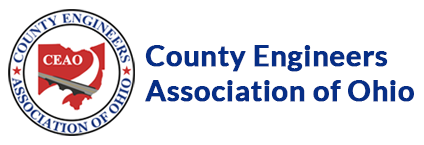History
Upon Ohio's statehood in 1803, the General Assembly enacted legislation permitting the Courts of Common Pleas to appoint the position of County Surveyor for the purpose of guiding development on the new frontier. Specific tasks involved subdividing the land for settlement; recording land plats, titles, transfers, and deeds; replacing early wooden survey stakes with stone monuments; the layout of public thoroughfares; and representing the Board of County Commissioners in land and roadway issues.
In 1831, the legislature made the County Surveyor a publicly elected officeholder that would serve three-year terms. The need for better transportation across the state, involving highway and canal construction, led to the eventual evolution of the County Surveyor's position.
In response to the demands of the impending "Auto Age," County Surveyors were chosen by the legislature to represent the State Highway Department in local engineering affairs.
By the time legislation was enacted, in 1935, to change the County Surveyor's position to that of County Engineer, the officeholders were serving a four-year term and fulfilling the modern duties of both a professional surveyor and engineer.
Since 1940, CEAO has worked to unify its members in their goal to provide the highest quality transportation, drainage, surveying, and land record keeping services. From the safe and efficient movement of people, goods, and services to continuing land development needs, we are striving to construct solutions for many of the challenges to Ohio's local infrastructure.

